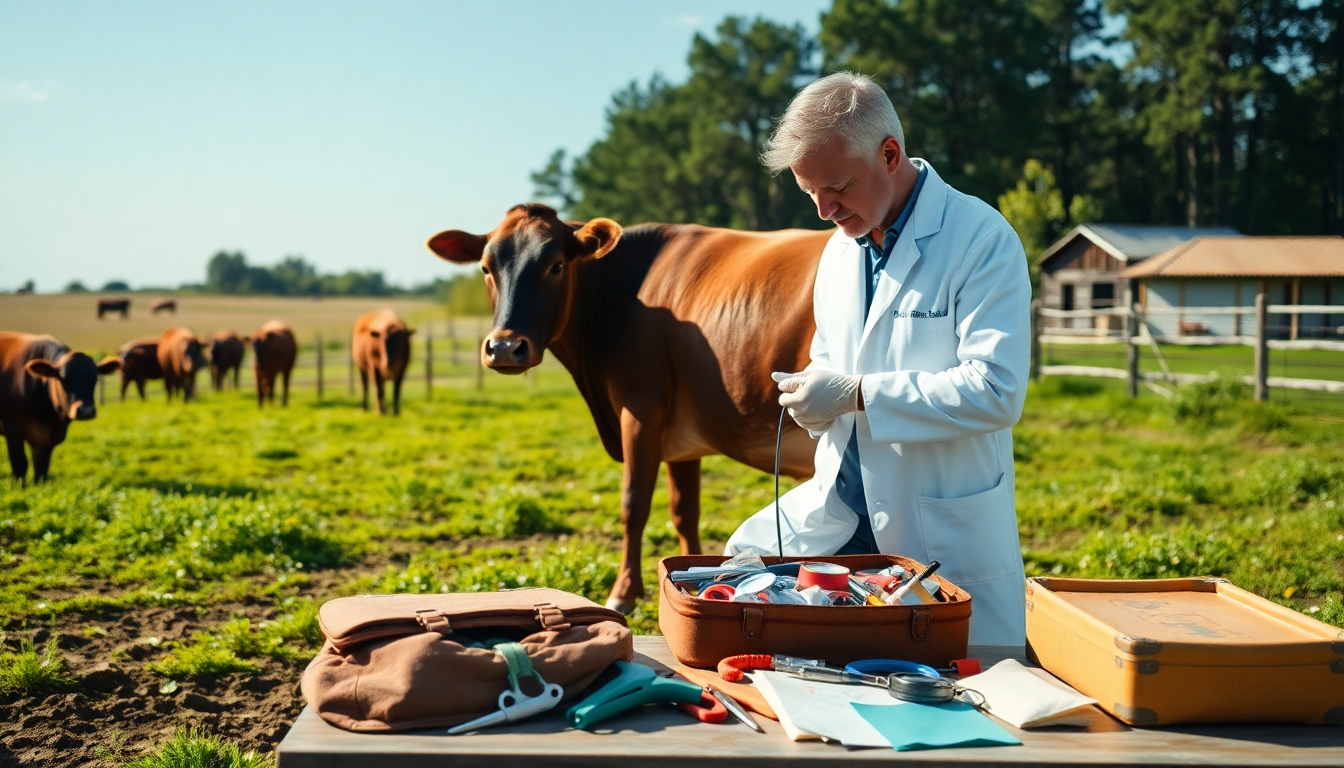Table of Contents
Recent reports of the New World screwworm—a pesky and dangerous flesh-eating parasite—have raised eyebrows in both public health and agricultural circles. Just recently, the U.S. Department of Health and Human Services confirmed the first human case linked to travel from an outbreak area. Could this be a turning point in how we monitor this pesky pest? Let’s dive into what this case means, what the New World screwworm is all about, and why it matters for both livestock and human health.
A Closer Look at the New World Screwworm
The New World screwworm is no ordinary fly; it’s a parasitic nuisance known for wreaking havoc on warm-blooded animals. Imagine this: female screwworms lay their eggs in open wounds, and when the larvae hatch, they burrow into the flesh, feeding on the living tissue. Ouch! If left untreated, this infestation can be fatal. The name “screwworm” comes from their feeding behavior, which is reminiscent of a screw being driven into wood. While these pests primarily target livestock, human infestations—though rare—can lead to severe consequences. Who would’ve thought a tiny fly could pose such a big threat?
Back in the 1960s, the United States successfully eradicated the screwworm through a clever program that involved releasing sterilized male flies to disrupt their reproduction. However, reports since 2023 indicate a concerning comeback, as these pests are migrating north from Central America and southern Mexico. This raises important questions about their potential impact on livestock health and public safety. What does this mean for farmers and consumers alike?
Recent Developments and Public Health Implications
The Maryland Department of Health, in partnership with the Centers for Disease Control and Prevention (CDC), confirmed a human case of New World screwworm linked to travel from El Salvador. This case has put a spotlight on the risks associated with the screwworm’s return. While the CDC assures us that the risk to public health remains low, can we really afford to be complacent? Cattle ranchers and livestock producers are understandably on high alert, especially given the potential for infestations.
As the U.S. Department of Agriculture (USDA) works to tackle this pest—like planning to establish a sterile fly facility in Texas—the announcement of a human case has left many questions swirling. The agricultural community is particularly anxious since livestock prices are already soaring, and any signs of infestations could mean serious economic troubles. How will farmers navigate this turbulent landscape?
Impact on the Cattle Industry and Future Considerations
For the cattle industry, the stakes are high, with potential losses estimated at a staggering $1.8 billion if an outbreak occurs. This includes costs from livestock deaths, labor, and treatment expenses. The fact that a human case has emerged complicates matters further—could the lack of transparency surrounding this situation lead to market instability? With cattle producers already facing the smallest herd sizes in decades, adding the threat of a screwworm infestation is the last thing they need. What’s next for those in the industry?
The USDA’s recent moves to close borders to prevent the introduction of screwworms from Mexico underscore the urgency of the situation. They’ve also ramped up efforts to increase fly production to mitigate infestation risks. Meanwhile, the Mexican government is stepping up, constructing its own sterile fly production facility to help control the spread of this pest. Isn’t it fascinating how interconnected these efforts are?
As we watch this situation unfold, it’s crucial for everyone involved—whether in public health or agriculture—to stay informed and prepared for any developments. Continuous monitoring, research, and collaboration will be essential to managing and minimizing the risks associated with the New World screwworm. After all, keeping our livestock—and ourselves—safe is a shared responsibility.


